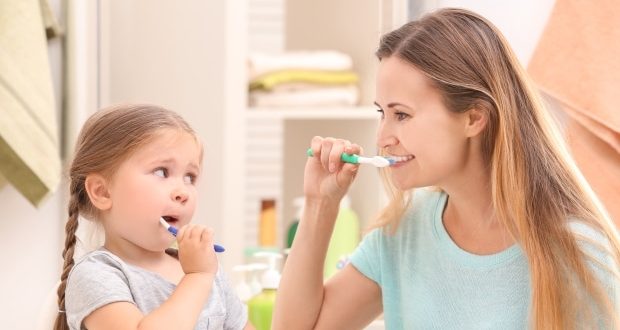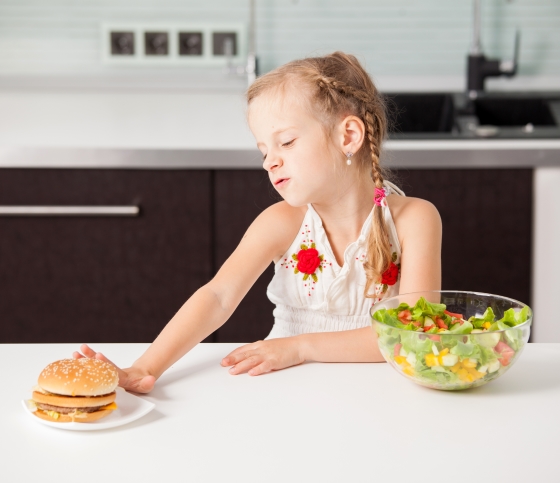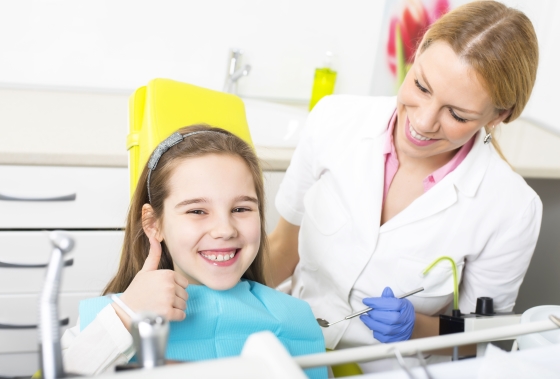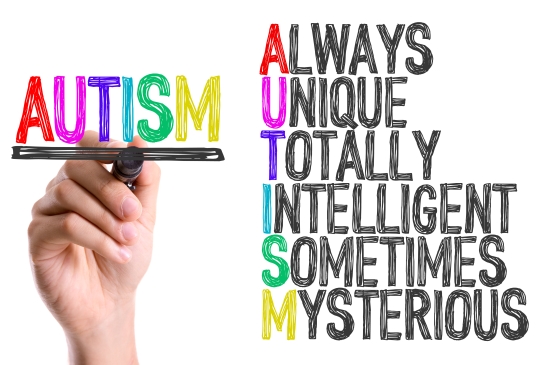How To Help Your Kids Brush And Floss
Having children is synonymous with having a career that probably never ends. As a parent, you are a teacher, a friend, and every other thing you need to be for your child to get the best. One thing all parents will agree to is children learn most things at an early age.
The first five years are arguably the best times to teach most of the lifelong values your child will require to grow, survive and flourish. Core values include staying tidy, five magic words, and protecting themselves from danger.
Besides this, we will also agree children should be taught personal hygiene from an early stage. Personal hygiene entails keeping their body, clothes, mouth, and surroundings clean. This article focuses on your child’s dental health and how you can teach them to care for their teeth.
Why Oral Care Should Begin Early
Your child’s baby teeth are as important as permanent teeth. Moreover, the saying goes, if you want to develop a habit or build a pattern, start as early as possible. It’s worth noting that the baby’s teeth, if not correctly cared for, are not immune to decay and other issues such as gum inflammation, painful gums, and even infections. Therefore, it is advisable to cultivate regular visits to the dentist and dental office early.
How To Care For Your Child’s Oral Health
1. Let the Child know about the Importance
Children listen and are sensitive. They understand the feeling of embarrassment and inferiority complex. Let the child know if he or she doesn’t take care of his or her mouth, it will lead to gum problems and tooth decay, making her or him scorned by peers. If your young one does not care about what you feel, he(or she) would care about what peers think.
2. Cultivate the Mouth Care Habits Early
Brushing, flossing, proper mouth rinse after eating are good habits to cultivate. As a parent, developing practices such as this in your children at the early stages is essential and makes things easier when they are grown.
3. Ensure they Consume Diet Rich in Necessary Nutrients for Strong Teeth
Fruits and vegetables fall under this category. Therefore maintaining a diet that contains the right amount of these is beneficial.
4. Minimize your Child’s Consumption of Sugary Things
Sugar is bad for the health, especially the teeth. However, children and even adults love sugar nonetheless. Therefore, it’s best to regulate the number of sweets and gums your children consume to the minimum.
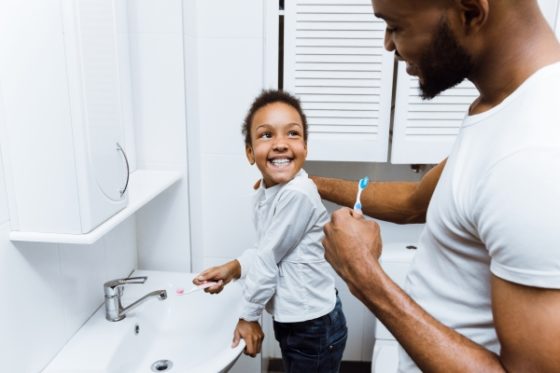
How to Teach your Children to Brush And Floss
After taking all these preventive and proactive measures, the child must learn to carry out basic mouth hygiene practices independently. First, however, you’ll still need to teach them how to do this.
We have put together procedures to help you through the process of teaching your child(ren) to brush and floss properly.
First, at what age should you stop brushing and flossing your child’s teeth? The answer to this question is not cast in stone, it varies, but usually, as from five to six, the child should begin brushing and flossing with supervision.
- Do not skip any teeth when brushing
- Be gentle
- Brush upwards for the lower jaw and downwards for the upper jaw
- Pay attention to each tooth as you brush
- Brush your tongue as much as your teeth
Flossing
Sometimes, even adults find flossing difficult, so it’s not surprising your young child would find the process tedious, especially earlier on. But there are things you can prepare before the teaching process that’ll make everything easier.
For instance, flavored floss is available nowadays, which can pique the child’s interest and keep the child attentive, but they are not reusable and disposed of peruse. Secondly, you could get your child books or posters about flossing and oral care in general.
Here’s a procedure to help you through teaching your child to floss
- Measure out a moderate floss length
- Wrap it around your child’s fingers as you do while using it yourself
- Direct the child on how to use the floss around the tooth
- Guide your child on how to switch the floss between fingers and behind the tooth
Oral Health is an important component of general health. Teaching your child to floss and brush prepares the child to take charge of his or her oral health. The process could be frustrating, but you will agree with us that it’s worth it.
Also, do not hesitate to experiment. To encourage your child, make the brushing session as fun as possible; you both could dance and sing, make funny facial expressions, etc.
You could also try out the reward system, give them more milk when they brush correctly or allow them to play with their favorite toy for longer. Whatever works.

